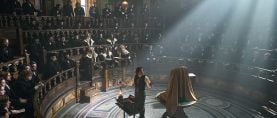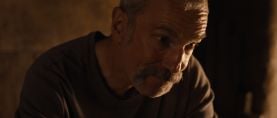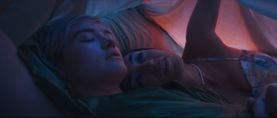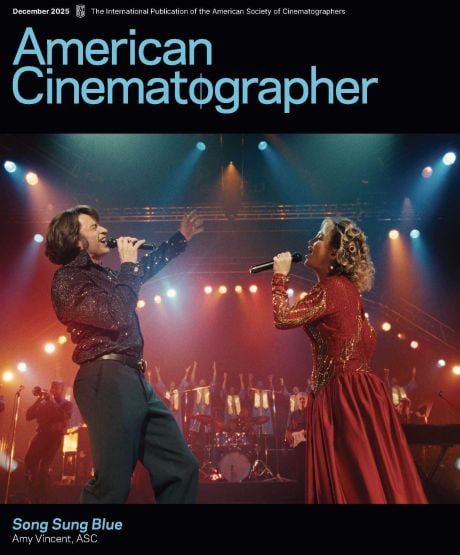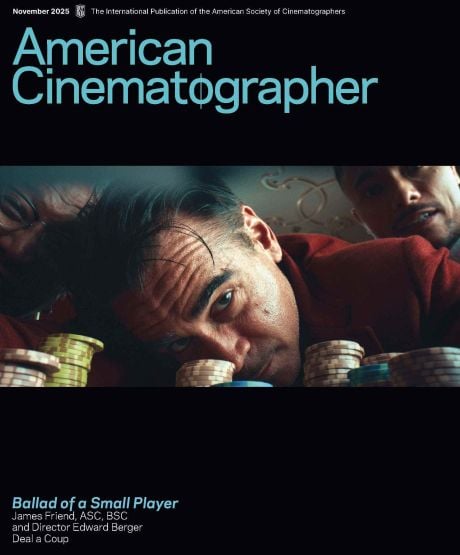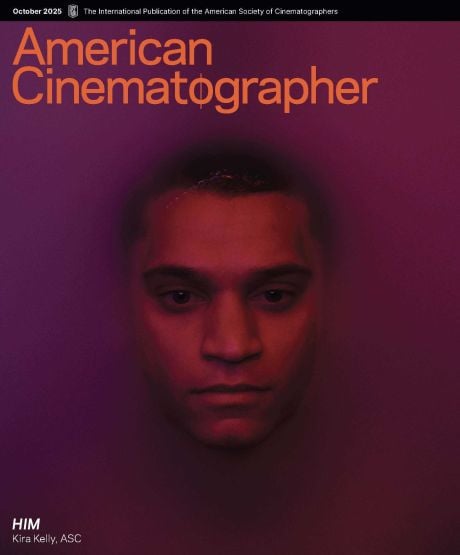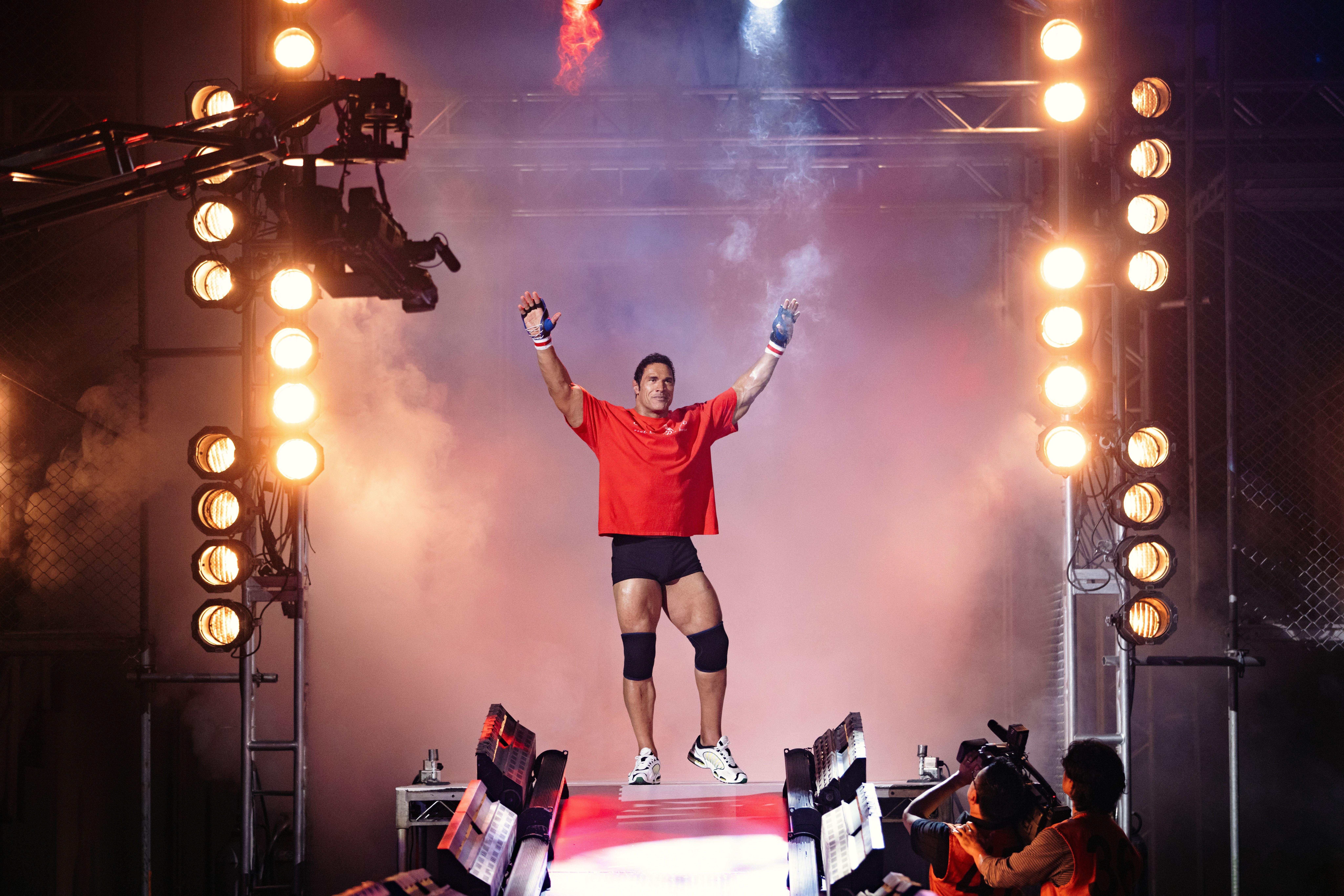
The Smashing Machine: A Layered Visual Style for a Hyper-Real Story
Cinematographer Maceo Bishop brings a narrative-driven mix of broadcast, 16mm and Imax formats to the mixed-martial-arts biopic.
For the feature The Smashing Machine, director of photography Maceo Bishop and director Benny Safdie combined 16mm and Imax 65mm film stocks with vintage broadcast video to chronicle the rise, fall and redemption of real-life mixed-martial-arts fighter Mark Kerr, played by Dwayne "The Rock" Johnson.
Kerr rose to stardom in the Ultimate Fighting Championship circuit in the late 1990s, his quick and brutal opponent takedowns earning him the "Smashing Machine" nickname. Behind the scenes, he had a volatile, on-again, off-again relationship with girlfriend Dawn Staples (Emily Blunt), and an addiction to opiates to numb his physical pain.
His drug use led to hospitalization and rehab. He then began training with his friend Bas Rutten (who plays himself) in anticipation of the 2000 Pride Grand Prix event in Japan, where he suffered a bruising defeat, while his friend and former coach Mark Coleman (Ryan Bader) took the top prize.
Bishop and Safdie's References
Bishop first worked with Benny Safdie and his brother Josh as camera operator on their drama Uncut Gems (2019), shot by Darius Khondji, ASC, AFC. When Benny was developing the dark-comedy series The Curse (2023), he tapped Bishop as cinematographer. They had hoped to shoot that project on 16mm, but Paramount balked.
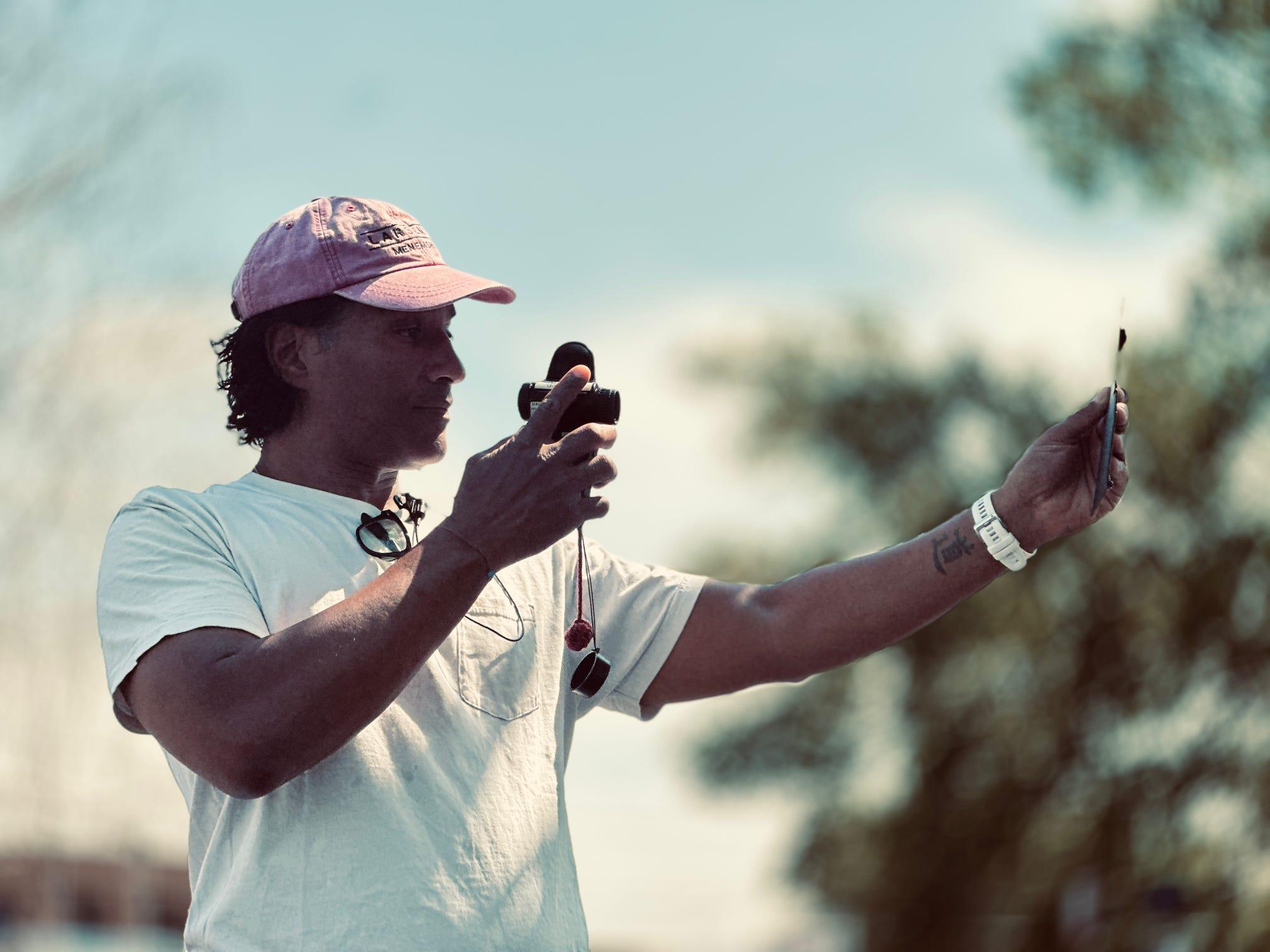
"We wanted to shoot on 16mm because that was the format of the films that had influenced Benny," Bishop says. "He thinks it’s beautiful, and we liked the form factor and the idea of being able to move around quickly with a couple of cameras. But it was too much of an X factor for the studio to get behind."
While they ended up shooting that project on the Arri Alexa Mini, on The Smashing Machine, shot mostly in Vancouver, they got their way.
They studied several films, the most relevant ones being documentaries. In terms of subject matter, the 2002 doc The Smashing Machine: The Life and Times of Extreme Fighter Mark Kerr, directed by John Hyams and shot by Stephen Schlueter, was key.
Stylistically, the most inspirational films were Sherman’s March (1986) — Ross McElwee’s blend of General Sherman’s Civil War campaign and the director’s romantic misadventures — and The War Room (1993), a behind-the-scenes look at a Bill Clinton presidential campaign, directed by Chris Hegedus and D.A. Pennebaker, and shot by Nick Doob and Pennebaker.
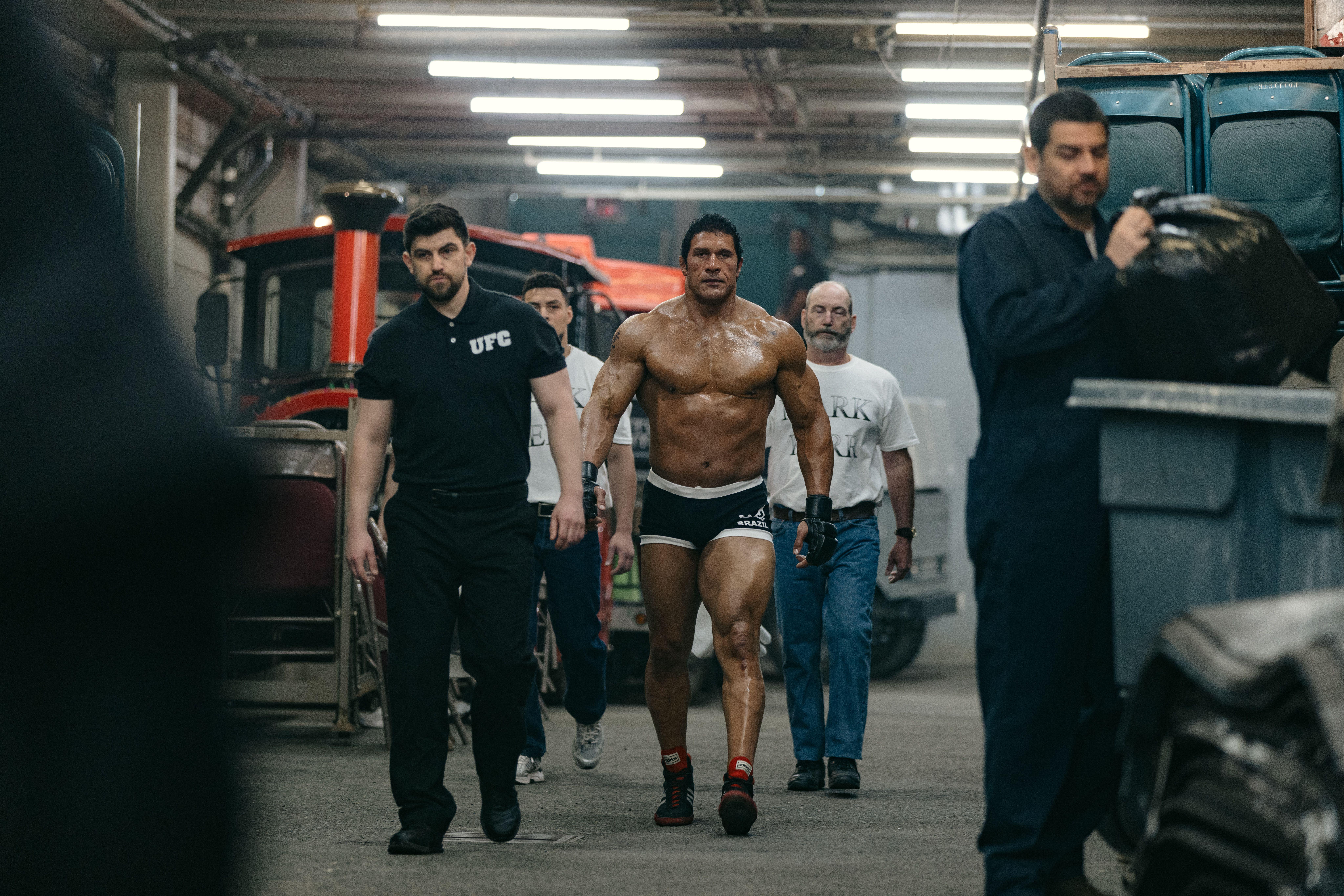
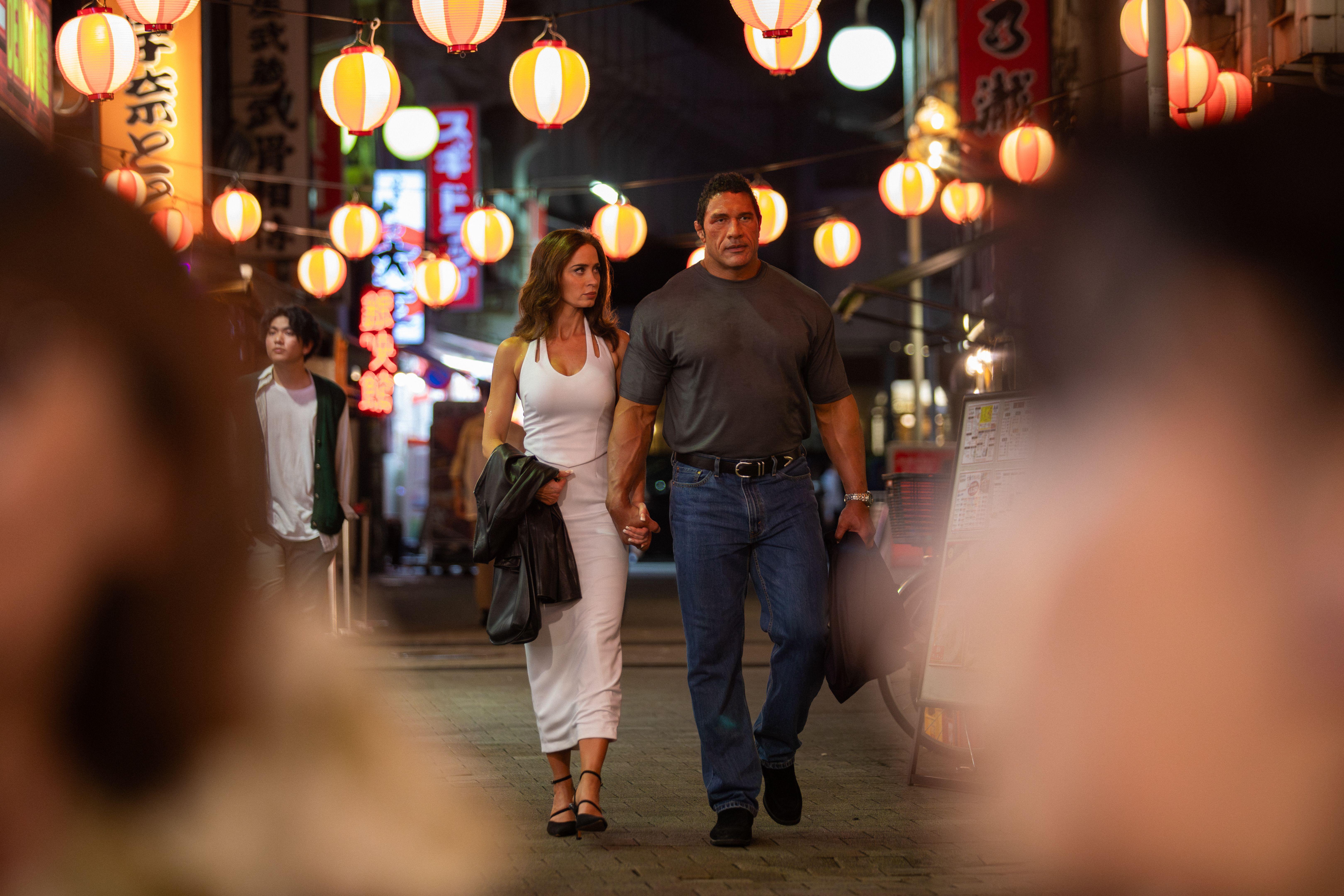
"Benny was excited about the way they moved the camera through spaces," Bishop explains. "There are shots in both of those films where they’re going through, say, a convention center, with the camera tilted up and shooting people from the hip. We wanted that freedom. It’s very visceral and you can do that with 16mm."
Cameras, Lenses and Film Stocks
They opted for Arriflex 416 Super 16mm cameras, with Bishop operating A camera, and Matthew Tichenor handling the B. They shot primarily handheld — on the shoulder 95 percent of the time, Bishop says — and sometimes on sticks.
"What’s happening in front of the camera is extremely athletic, but it’s also athletic behind the camera," Bishop says. “We wanted to be able to move in a way that felt unencumbered and fast — to make the audience feel like we were catching what was happening just as they were."
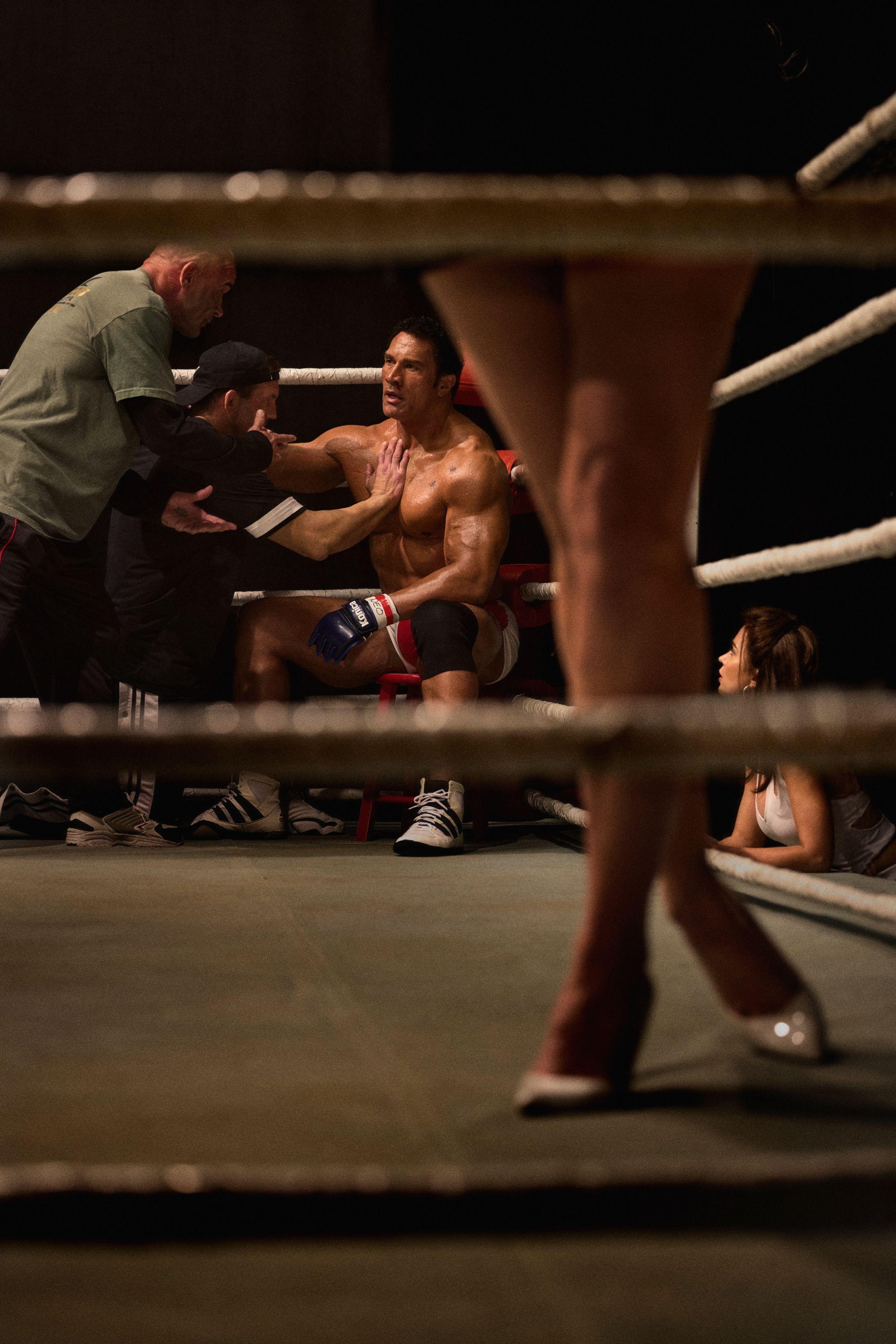
This goes not only for the action in the ring, but also for dramatic domestic scenes in which Safdie let the actors do their thing without any marks, letting the camera follow. Cast and crew were stunned by the ferocity of Johnson’s performance, particularly in a kitchen fight scene between him and Blunt.
"We all held our breath a little, waiting to see where it would go," Bishop says. "We just had to be prepared for anything."
With that in mind, their go-to lenses were Zeiss 11-110mm T2.2 zooms. "They allowed us to reframe in certain moments, and Benny kept those zooms in the film. That’s the language of finding it in the moment," he adds. They occasionally used Zeiss Super Speed Primes for close focus, such as in interior car shots.
They shot predominantly with Kodak Vision3 500T 7219 color negative, with some use of the 200T 7213 and 250D 7207 for day exteriors. Bishop felt the only challenge of 16mm compared to digital capture was maintaining consistent green levels, which was a focus of the finishing with senior colorist Damien Vandercruyssen at Harbor Picture Company.
"People love shooting film because it feels special right out of the box," Bishop says. "It has a warm analog feeling, and an incredible amount of depth." He adds that cutting between the 16mm stocks was not a problem.
"In our testing, we looked at the grain, and it’s better than it used to be," he notes. "There’s not enough of a difference between the stocks to be concerned. I could go between them without anyone sensing a change."
A Broadcast Feel for Character Backstory
The movie opens with a TV news report about Kerr, including an interview before one of his bouts. The sequence helps establish Johnson in the role, while showing the character’s thoughtful side and providing a quick backstory. It was shot with Ikegami HL-59 digital cameras, a broadcast tool from the 1990s that the production procured from Visual Alchemy.
"We hoped it would feel like a sixth-generation VHS video uploaded to YouTube," Bishop says. "We degraded the broadcast footage quite a bit, and our visual effects supervisor Sean Devereaux added some of that. We subtly added the small lines you would see when you copy VHS to VHS."
Imax Treatment For Low-Key Drama
While they deliberately wanted that footage to clash with the 16mm, they sought a smoother transition between 16mm and Imax.
One might have expected them to save the large format for something as dramatic as the climactic Pride Grand Prix, but Safdie had something more low-key in mind: an epilogue featuring the real Kerr in present day, anonymously shopping for groceries in Scottsdale, Arizona, with super-imposed text updating us on his life.
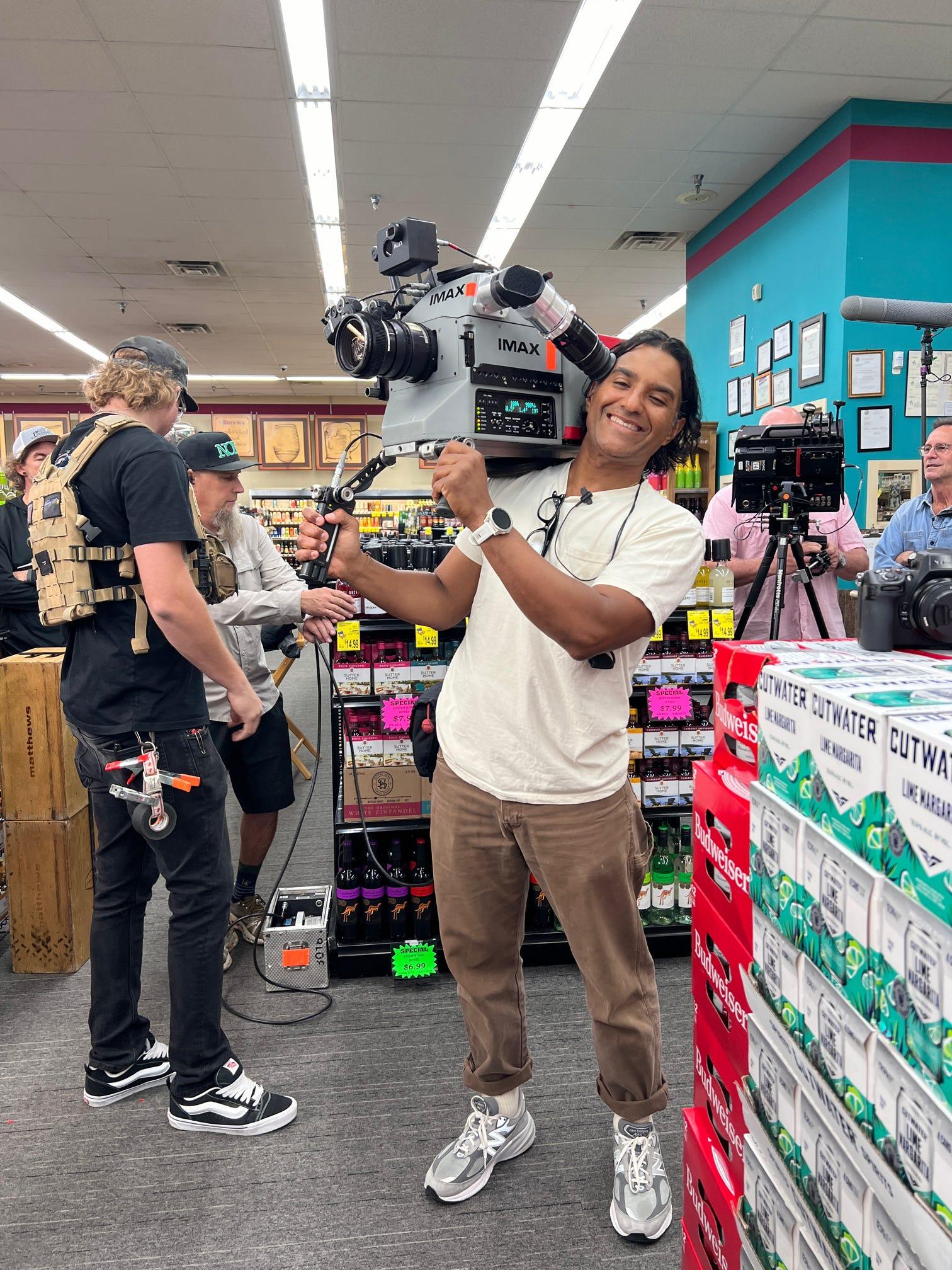
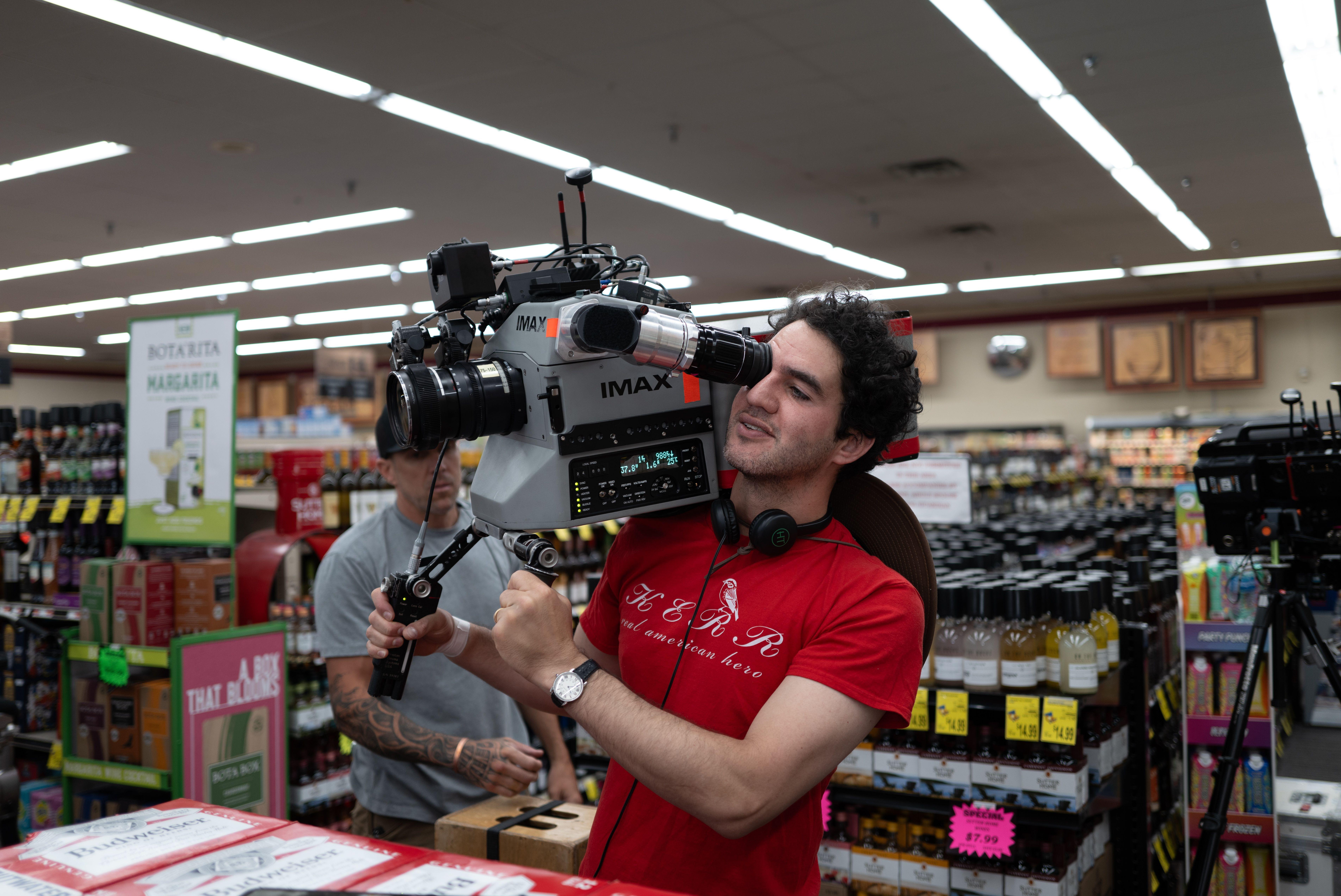
Bishop says Imax initially kiboshed the notion of putting 16mm material on its big screens. "They said, 'There’s going to be basketball-sized grain up there, and everybody’s going to be distracted,'" he recalls.
But Safdie successfully pled his case, and Imax used its technology to maintain some consistency across the format shift. "They de-grained the 16mm to the point where it still had texture and felt like film, but so viewers would be focused on the movie and not the grain," Bishop says.
For DCP presentations in standard cinemas, the filmmakers performed their own de-graining in post.
To enable Bishop to shoot handheld with the Imax MSM 9802 — a more compact but still sizable IMAX camera — 1st AC Glenn Kaplan had special handles manufactured.
"We had to figure out how we were mounting our motors off the zoom, and then we shot it the way we shot the rest of the film, just with this very heavy camera on my shoulder," the cameraman says.
Their zoom of choice for Imax was a Schneider 75-150mm T4.5. They also carried a custom IP50 50MM T2 Imax Panavision lens and an IP80 80mm T2. For a shot of Kerr in the parking lot, which they took from a fair distance — like a nosy documentary crew — they used a Canon EF 1200 F5.6 telephoto lens.
A Natural Progression
Bishop believes The Smashing Machine’s unique format formula was ultimately crucial to telling its story.
"There’s an evolution of the film’s look, from broadcast to 16mm and finally Imax," he says. "There is a natural progression as we come into reality and see the real man. It’s hyper-real in Imax. After all the audience had just experienced, we wanted to use that visual clarity to leave the audience knowing that he made it through all that, and he’s good."
Unit stills by Cheryl Dunn and Eric Zachanowich. Images courtesy of A24 and the filmmakers.
